|
Male Pyrrhuloxia, Battiste Bed, Breakfast and Birds, Hereford, Arizona, February 15, 2022.
Tony has multiple feeders on the east side of his property along with a two seat photo blind, in addition to generous seating for non-photographers. The feeders have a natural appearance with a minimum of plastic and steel. He stocks the feeders at sunrise with seeds, nectar, and his own home made suet, which brings the birds in. Sitting in the blind you will notice the sun rising to your right, creating excellent lighting. During our two night stay, we found our most productive birding right in Tony's yard, as evidenced by the photos in this post. Below is a detail map of the location of Battiste Bed, Breakfast and Birds, (right at the square with "45" in the middle, from Adobe Lightroom). Fort Huachuca is off the map to the top and left, a 25 minute drive. Northern CardinalCanon R6, RF 100-500 mm at 500 mm, f/7.1, 1/800 sec, ISO 200. It is hard to find someone who does not like Northern Cardinals; after all, they are the state bird of 7 states in the U.S., and the name/mascot for multiple sports teams. They live year round throughout the east coast, west into the plains states, and southwest into Texas, and southern New Mexico and Arizona. The males derive their red color from carotenoids in their diet and don't molt into duller plumage during the year. After a snowfall, northerners commonly see a flash of red on white at their feeders. Northern Cardinals are songbirds (Order: Passiformes) in the Family Cardinalidae, along with 14 other species, including Pyrrhuloxia, Tanagers, Grosbeaks and Buntings. The male is red with black around the orange conical shaped bill. He sports a red crest. The birds we see here are enjoying Tony's special suet blend, and warming up in the sun. (It was in the 30's when I crawled into the blind). Below we see the female Northern Cardinal: same orange conical bill, grey to black around the bill, and the characteristic crest. Canon R6, RF 100-500 mm at 500 mm, f/9.0, 1/1250 sec, ISO 1600. Above and below, female Northern Cardinal enjoying breakfast. Canon R6, RF 100-500 mm at 500 mm, f/7.1, 1/800 sec, ISO 640. PyrrhuloxiaCanon R6, RF 100-500 mm at 500 mm, f/7.1, 1/2000 sec, ISO 1000. The Pyrrhuloxia is one of the 14 species in the Family Cardinalidae. They live year round in southern Texas, New Mexico and Arizona, and into northern Mexico including the tip of Baja California. They have a distinctive crest, red and gray coloration, and a bill that is parrot-like with a curved culmen on the upper edge for cracking seeds. The image below is not the sharpest, but I love catching birds in flight when I can. The UFO to the lower right of the frame is part of a hummingbird feeder. For the photo geeks: note that the tail is still in focus as he flies into the distance, but nevertheless the viewers eye is drawn to the birds eye, which is not sharp, and makes this photo less an optimal. Oh, and the UFO. Canon R6, RF 100-500 mm at 500 mm, f/9.0, 1/2000 sec, ISO 1000. Two more shots of the male, below, sitting on a cactus, and in flight. In the image directly below, the grayish bill (in contrast to orange of the Cardinal) is evident along with the parrot like culmen. To my eye, these birds look a bit like small parrots. The inflight photo that follows is not sharp, but fun. Canon R6, RF 100-500 mm at 500 mm, f/7.1, 1/2000 sec, ISO 5000. Canon R6, RF 100-500 mm at 500 mm, f/7.1, 1/2000 sec, ISO 5000. The 5 images below show the female Pyrrhuloxia, same general characteristics as the male, but less red. To my eye, Pyrrhuloxia have a definite "cute factor" not shared by Cardinals. Canon R6, RF 100-500 mm at 500 mm, f/9.0, 1/1000 sec, ISO 640. Many thanks to Tony Battiste for his help with bird identification, especially the parrot-like bill in the Pyrrhuloxia. Yellow-rumped Warblers: Audubon's and Myrtle'sCanon R6, RF 100-500 mm at 500 mm, f/7.1, 1/2000 sec, ISO 2000.
The bird above at the lead and below is an Audubon's, with characteristic yellow "arm pits" , rump, and throat. The yellow on the rump is just barely visible. Canon R6, RF 100-500 mm at 500 mm, f/7.1, 1/2000 sec, ISO 640. The Myrtle subspecies was visiting as well, seen in the images below as a group. The throat is white with a hint of yellow on the crest. Canon R6, RF 100-500 mm at 500 mm, f/7.1, 1/2000 sec, ISO 1250. Mexican JayCanon R6, RF 100-500 mm at 500 mm, f/7.1, 1/2000 sec, ISO 640. The Mexican Jay is a song bird (Passiformes) in the Corvid family, one of 133 species in the family, along with jays, crows and ravens. Mexican Jays live communally in family groups of up to 25 individuals, and stay together throughout their lives. Their range is central mountainous Mexico up into SE Arizona and western New Mexico, and into very southern Texas. They are year round residents and regulars in birding hot spots such as Hereford and Madera Canyon. The Corvid family is known for its intelligence, including use of tools. For more on these remarkable birds, see the books by Jennifer Ackerman, The Genius of Birds (Penguin 2016) and The Bird Way (Penguin 2020), as well as the observations of the renowned scientist Bernd Heinrich, Mind of the Raven (HarperCollins 1999). These jays are quite tolerant of human activity, and will frequent feeders in groups. In the spring of 2018 we encountered a group foraging for nesting material in Madera Canyon. For more on that see Madera Canyon Early Spring 2018. Inca DoveCanon R6, RF 100-500 mm at 500 mm, f/7.1, 1/2000 sec, ISO 1250.
Curve-billed ThrasherCanon R6, RF 100-500 mm at 500 mm, f/7.1, 1/800 sec, ISO 2000.
Northern MockingbirdCanon R6, RF 100-500 mm at 500 mm, f/7.1, 1/2000 sec, ISO 1600.
The Northern Mockingbird continues to learn songs during its lifetime, and may end up with a repertoire of 200 songs. It lives throughout the continental U.S., Mexico and the Caribbean. Diet consists of insects in the summer, with a switch to fruit in the fall and winter, explaining the bird's wide year round range. Gambel's QuailCanon R6, RF 100-500 mm at 500 mm, f/7.1, 1/2000 sec, ISO 800.
Cactus WrenCanon R6, RF 100-500 mm at 500 mm, f/7.1, 1/1800 sec, ISO 800. Let's finish with the Arizona State bird, the Cactus Wren.* The Cactus Wren is a desert dweller, living year-round in Mexico, Arizona, Nevada and New Mexico. The bird is well adapted to desert living, eating insects and fruit, and able to survive without drinking free-standing water. They are noisy, uttering a raw scratchy sound, as though they are trying to start on old Ford. They are visually stunning birds, and happy posing on the top of cacti in the sun, when they are not foraging for insects. *For readers interested in a full listing of all of the U.S. state birds, Wikipedia comes to the rescue: List of U.S. state birds. That's a wrap for Hereford and Battiste Bed, Breakfast and Birds! I have more in store from the San Pedro River and Madera Canyon, which I hope to get out in March. Happy Trails!
4 Comments
Pied-billed Grebe. Canon R6, RF 800 mm prime, f/11 (fixed), 1/1000 sec, ISO 12800. Jan 18, 2022, 8:30 am. Sweetwater Wetlands is one of my favorite birding destinations in Tucson. It is just west of Interstate 10, between the Prince and Ruthrouff Exits. Built in 1996, the site holds reclaimed water from the adjacent treatment plant and allows recharge of the aquifer. It has become a valued nature preserve and outdoor classroom; it is rare to visit the wetlands and not see a host of wildlife. Let's start with the Green Heron. Tip for the photo geeks: I have included camera and setting information for each set of shots. Green HeronCanon R6, RF 800 mm prime, f/11 (fixed), 1/1000 sec, ISO 6400. Dec 22, 2022, 8:40 am.
The Green Heron lurks in or near reeds at the edge of the water looking for food. This bird was tough to spot between the reeds, but I did get the images below. He is staying very still and walking very carefully with his large feet, barely moving his body. In the image below he finds a new perch. Pied-billed GrebeCanon R6, RF 800 mm prime, f/11 (fixed), 1/1000 sec, ISO 8000. Jan 18, 2022, 8:30 am. Grebes are among my favorite birds. They are a worldwide family of diving water birds. The family, Podicipedidae, is the only family in the order Podicipediformes. So, one order, one family, 22 species internationally, with 7 of them in North America. To my eye, the Pied-billed Grebe looks like Ernie's rubber ducky, only it is not a duck, it is not made of rubber, and yes, is not yellow! Details, details! Grebes' feet are way back close to their tail, with lobed toes. They are excellent divers, and will often swim some distance under water before surfacing. However, the rear placement of the feet make walking on land very difficult, so they are generally seen only in the water. They are good fliers, breeding up as far north as Canada, and wintering as far south as southern Mexico, but generally don't fly short distances within their territory. This is a non-breeding adult resting between dives. Breeding adults have a distinct black vertical stripe on the bill. Pied-billed Grebes will eat what is available, consuming a large variety of crustaceans, fish, and in our region, frogs.
Yellow-rumped Warblers: Audubon and MyrtleAudubon's Yellow-rumped Warbler. Canon R6, RF 800 mm prime, f/11 (fixed), 1/2000 sec, ISO 12800. Jan 4, 2022, 10 am. Yellow-rumped Warblers are one species of bird with two distinct subspecies: Audubon's with a yellow throat, gray head and breast, as seen above and in the three images below, and the Myrtle subspecies which follows those. The Audubon's subspecies lives in the mountain west, breeding to our north, and wintering in Mexico. They live year round in SE Arizona. The Myrtle subspecies is of the eastern U.S. and boreal forests of Canada. They overlap in the Rockies, with varying markings. Yellow-rumped Warblers are common visitors during the winter, in part because their digestive tract can handle both insects, their main diet, and fruit, a valuable alternative then the bug population declines in the winter. Note that other warblers, like the Red-faced Warbler and the Painted Redstart, summer with us but head south to Mexico in the winter because of their strictly insect diet. Canon R6, RF 800 mm prime, f/11 (fixed), 1/1250 sec, ISO 8000. Jan 4, 2022, 10 am. For the Audubon, we see the yellow throat, a broken white eye-ring, yellow under the wings (aka "arm pits") and a yellow rump. Because of the yellow rump, these birds are commonly referred to as "butter-butts." The Yellow-rumped Warbler, Myrtle, is shown in the 4 images that follow. We still see the yellow rump and arm pits, but with a white throat and pale breast and a white "eyebrow" . Both subspecies have a yellow spot on the head. Canon R6, RF 800 mm prime, f/11 (fixed), 1/1600 sec, ISO 2500. Jan 18, 2022, 9:12 am. When we visited Cape May, New Jersey, in October 2021 we saw many Myrtle's. The Myrtle's we see here could be a migrant that flew too far west on his way south, or an intermediate hybrid from the Canadian Rockies where the two subspecies ranges overlap. Reference: The Cornell Lab All About Birds. Red-naped SapsuckerCanon R6, RF 800 mm prime, f/11 (fixed), 1/500 sec, ISO 2500, Jan 4, 2022, 10:16 am. Red-naped Sapsuckers are woodpeckers, one of the 14 species we see in Arizona. They drill really small holes in the tree bark of aspen, birch and willow to get at the sap with their tongues. They also eat insects from leaves and on the fly, as well as fruit. Many woodpecker names, like the sapsuckers, reflect their diet and behavior, such as the Acorn Woodpecker a year round resident on Mt Lemmon and prime consumer of local acorns. Red-naped Sapsuckers breed in the western Rocky Mountains and winter in southern Arizona, New Mexico and Canada. From The Cornell Lab website All About Birds: "Red-naped Sapsuckers are black and white overall with a red cap, nape, and throat. They have a long white bar on the folded wing. A black stripe through the eye is bordered by white stripes. The belly is mottled black and white, with a dingy or yellowish cast. Female Red-naped Sapsuckers have a white patch on the chin while males have entirely red chins. Juveniles have a brown cap and an overall brown wash on their belly and head." It is difficult to see the nape in these shots, although we get a hint of it in the image below. This definitely looks like a male. VerdinCanon R6, RF 800 mm prime, f/11 (fixed), 1/500 sec, ISO 1600. Jan 12, 2022, 9:30 am. Verdin's are small songbirds of the Southwest, with a yellow head and rufous patch on the wing that is not always evident. They are regulars at Sweetwater Wetlands, where they build multiple nests, spherical ones for the family, and flat ones just to hang out, usually during the winter. For more details, and more photographs, see my Winter Review 2020. It is always fun to see a Verdin at SWW. A bit like running into an old friend! Song SparrowCanon R6, RF 800 mm prime, f/11 (fixed), 1/1000 sec, ISO 2500, Jan 18, 2022, 9:30 am. The Song Sparrow is one of our year round residents who favors a low understory with water nearby, making SWW an ideal location. They eat insects and other invertebrates in the summer, and seeds and fruit year round, giving them more flexibility for their range than birds with more limited diets. This bird was perched close to the end of one of the viewing platforms, at eye level, singing. After grabbing a few still shots, I converted to video to try and capture the song. There is some camera shake (sorry!) and background noise from Interstate 10, as well as another bird song which could be another Song Sparrow. However, with the help of the editing features in iMovie, this novice videographer was able to put together the following clip. Canon R6, RF 800 mm prime, f/11 (fixed), MP4 video, edited in iMovie. Harris's HawkCanon R6, RF 800 mm prime, f/11 (fixed), 1/1600 sec, ISO 1600. Jan 18, 2022, 9 am. Harris's Hawks do not migrate, they live year round in their territory, including SE Arizona and Texas, as well as areas of Mexico all the way to southern South America. They are among the most social of raptors, usually hunting in pairs or groups as large as 7. Harris's Hawks have a relative ease with humans, and are popular among falconers and for education programs. They fly regularly at the Arizona-Sonoran Desert Museum Raptor Free flight program. This bird is often seen at SWW on a high branch, alone. This image shows the hawk's characteristic dark brown and chestnut red markings, with yellow legs and yellow markings on the face. Cooper's HawkCanon R6, RF 100-500 mm at 500mm, 1/1600 sec, ISO 2500, Jan 12, 2022, 10:25 am. Cooper's Hawks are common throughout the United States, including Tucson. Here we see two Cooper's, above and below, likely a male and a female showing white feathers toward the tail, displayed during breeding. The sexes look alike, the only difference is that females are larger and heavier than males, a characteristic common in raptors. It is likely that females need the extra weight in order to carry eggs and still compete for food for themselves, and then gather food for the offspring once hatched. The Cooper's Hawk is in the order Accipitriformes along with ospreys, hawks, eagles, kites, and vultures. There are 4 families within this order, with the Cooper's being in the family Accipitridae. Within this family there are several genera, with the Cooper's being Accipiter cooperii. Another species in this genus is the Sharp-shinned Hawk, very similar in appearance. For more on the distinction between these two species, see my recent post Cape May Fall Migration, Part 2. Buteo is another genus in the family Accipitridae, and includes common hawks we see in SE Arizona, the Red-tailed, Zone-tailed, Swainson's, and Ferruginous, among others. So, Cooper's and Sharp-shinned are commonly referred to as Accipiters, and Red-tailed and Zone-tailed as Buteos, after their respective genera. In the field these two genera look and fly differently, with Accipters flapping and gliding, and Buteos commonly soaring. Both of these Cooper's Hawks were very close to the walking path and very tolerant of people. That's all for now. Spring is coming, and with it migration and nesting. Stay tuned!
Happy Trails! |
AuthorHenry Johnson, photographer and author of this site. For more detail, see About
Categories
All
Archives
April 2024
|





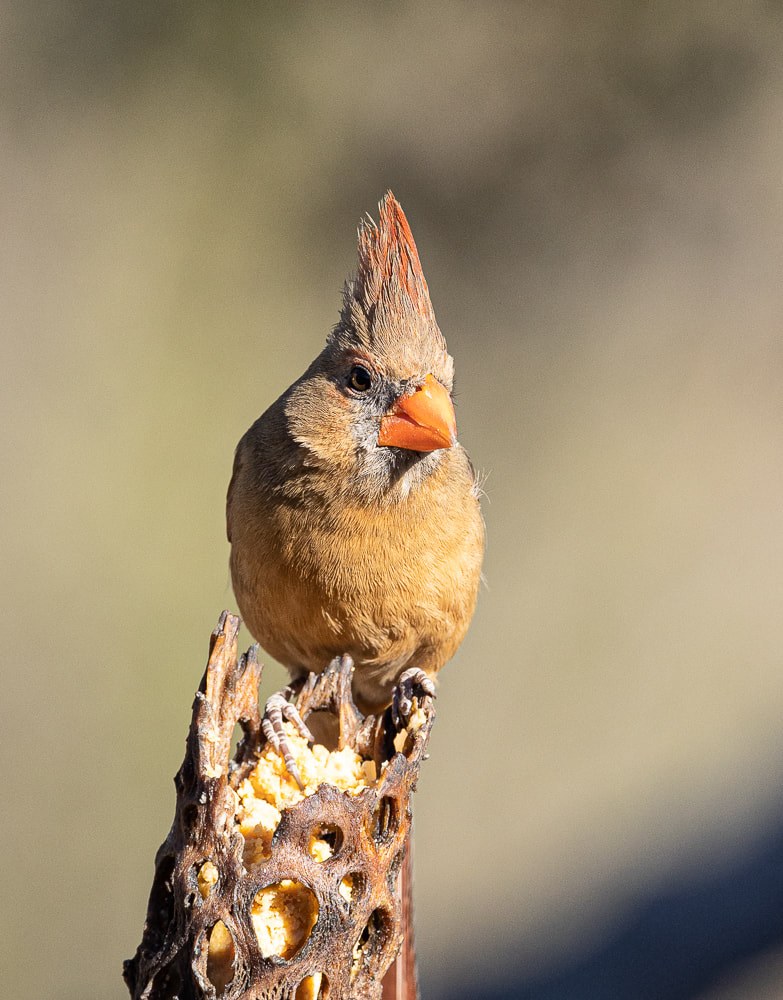


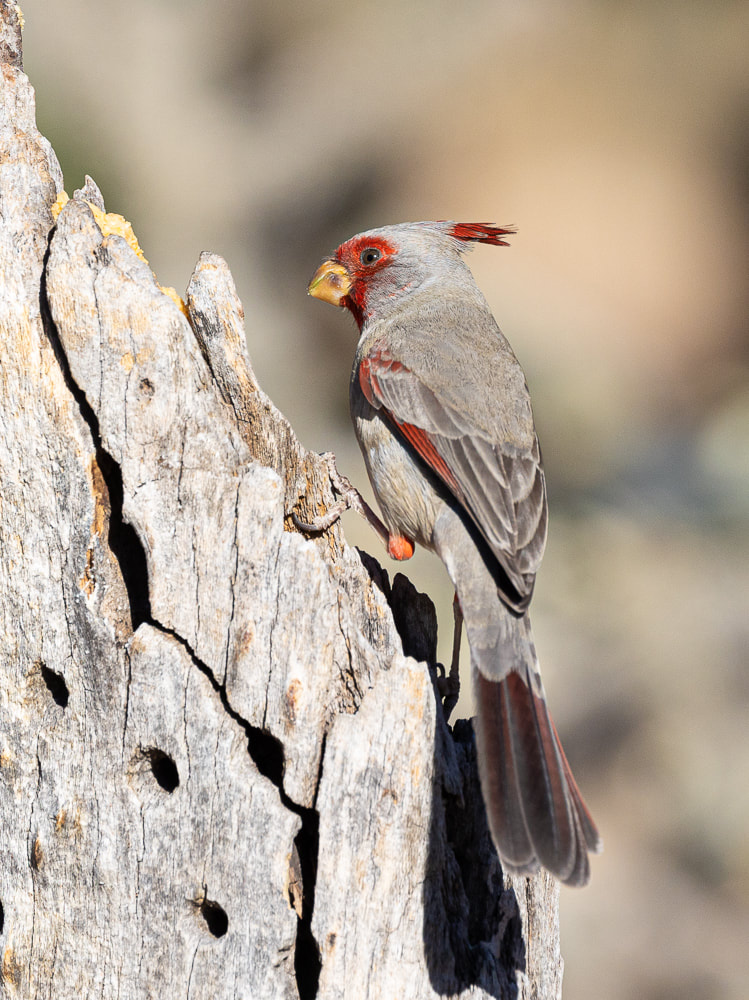








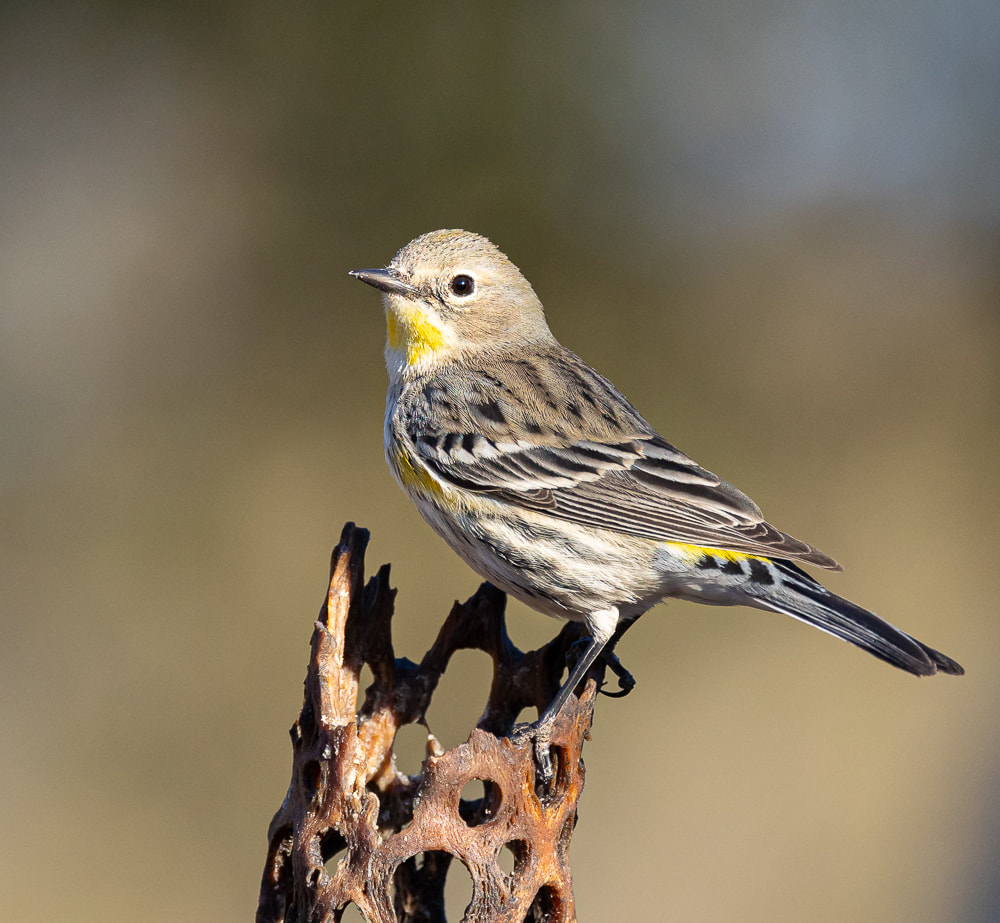



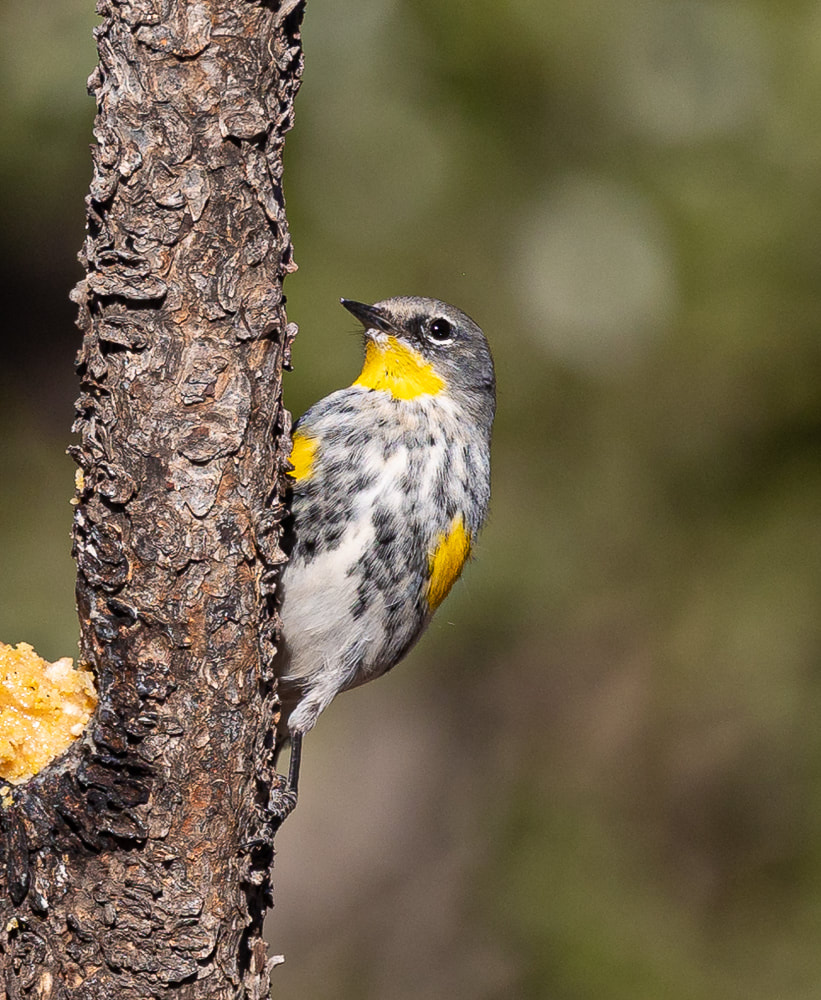


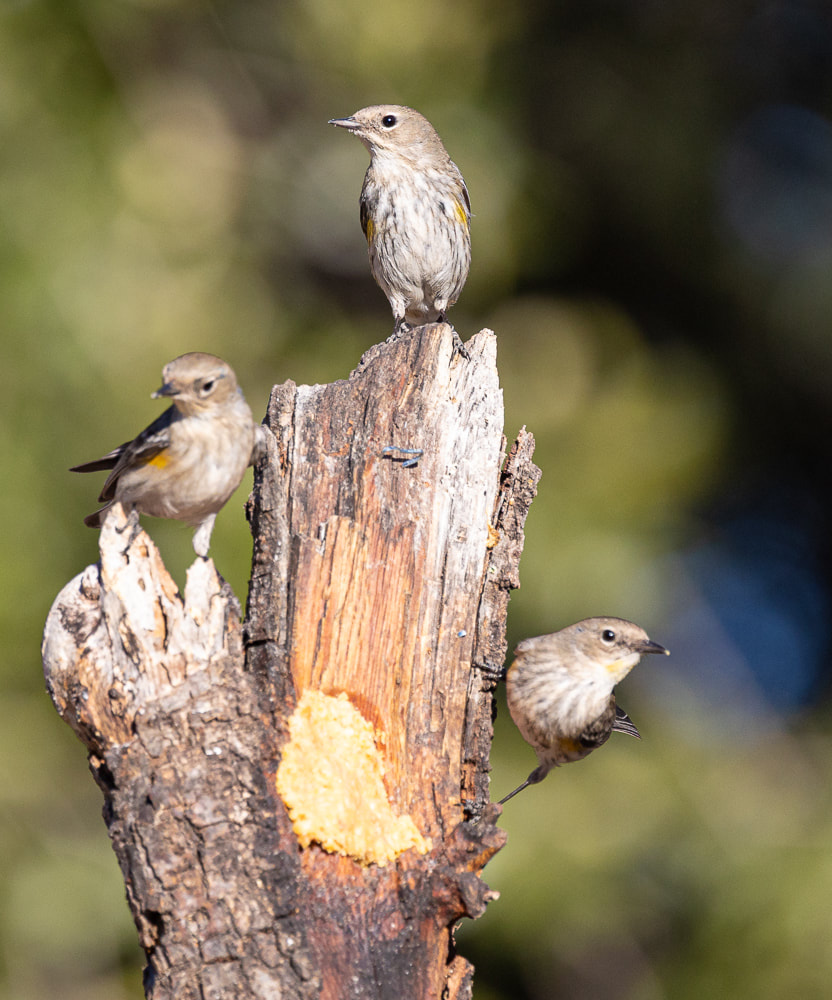
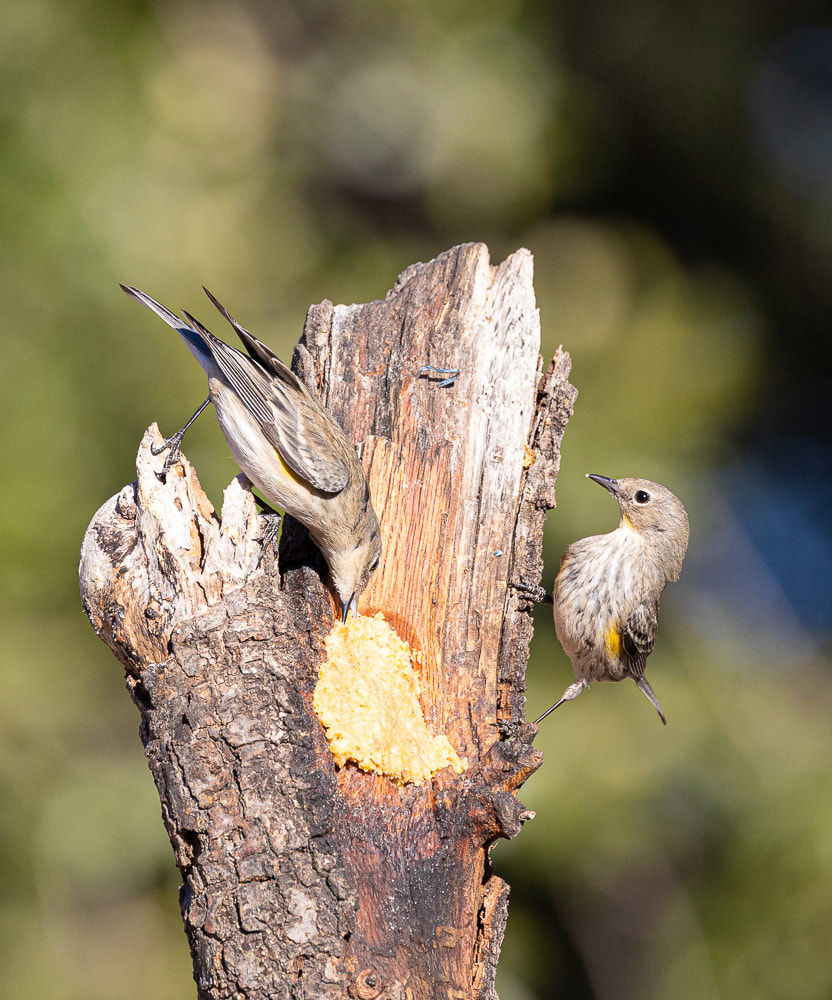






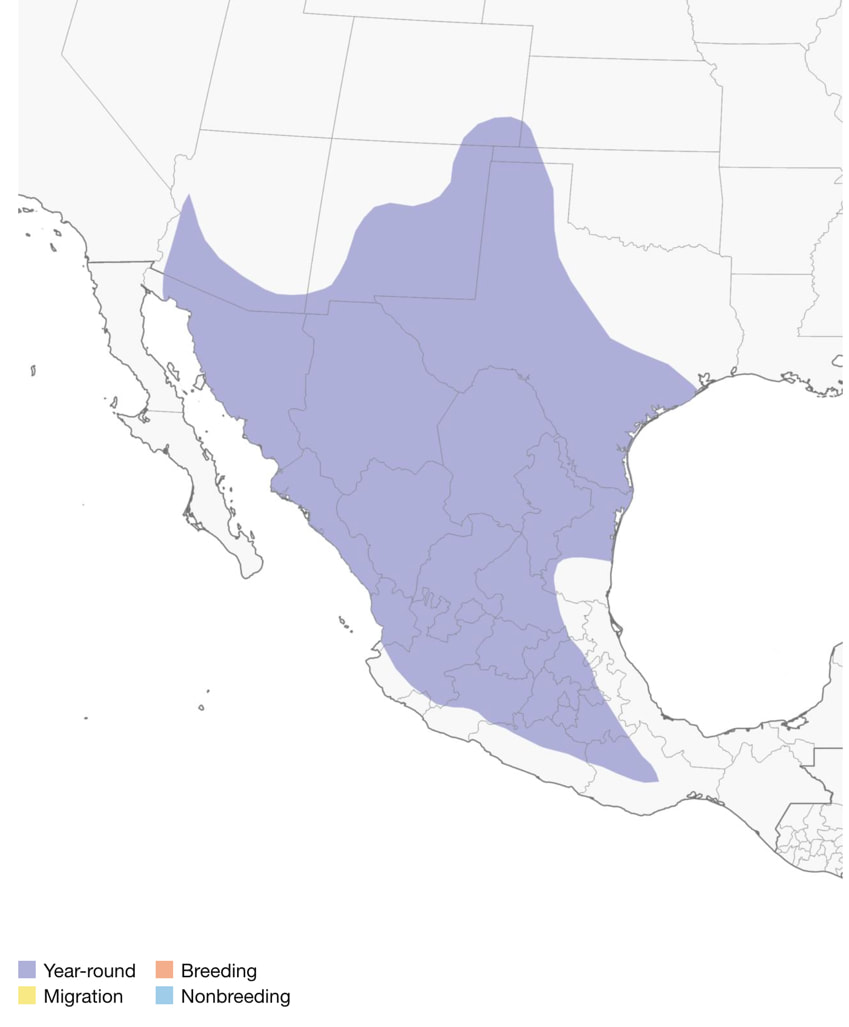















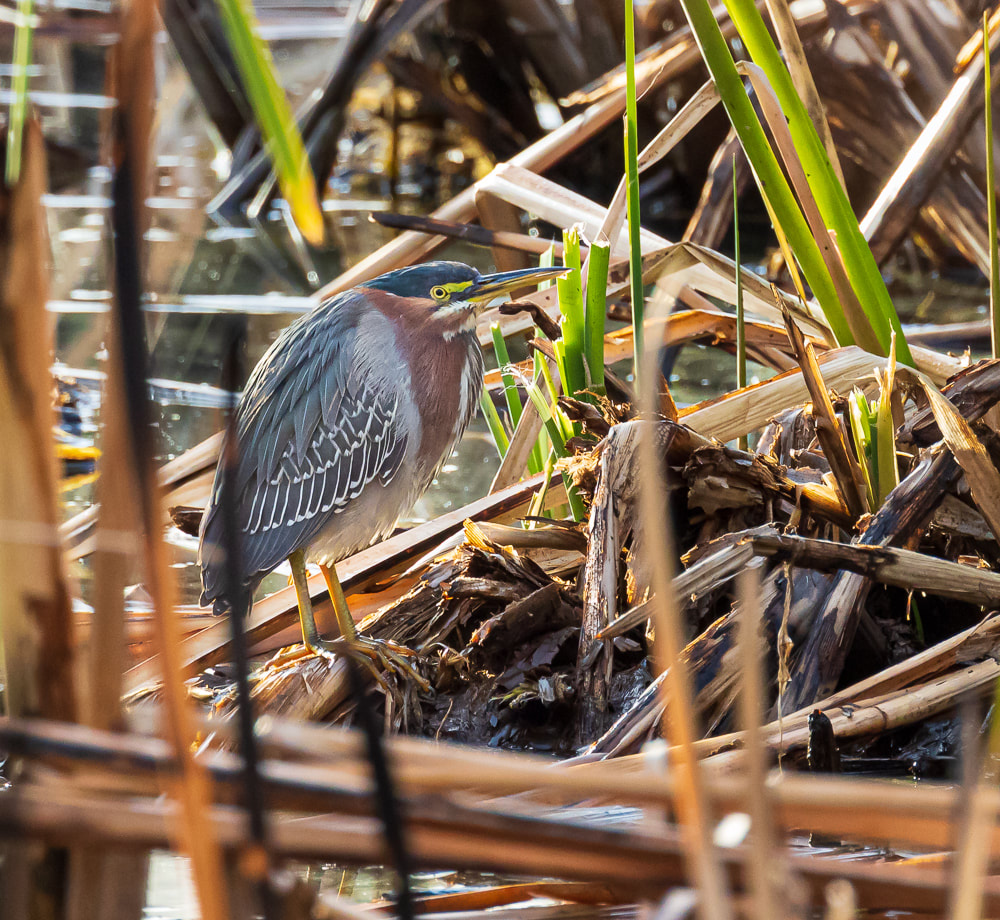




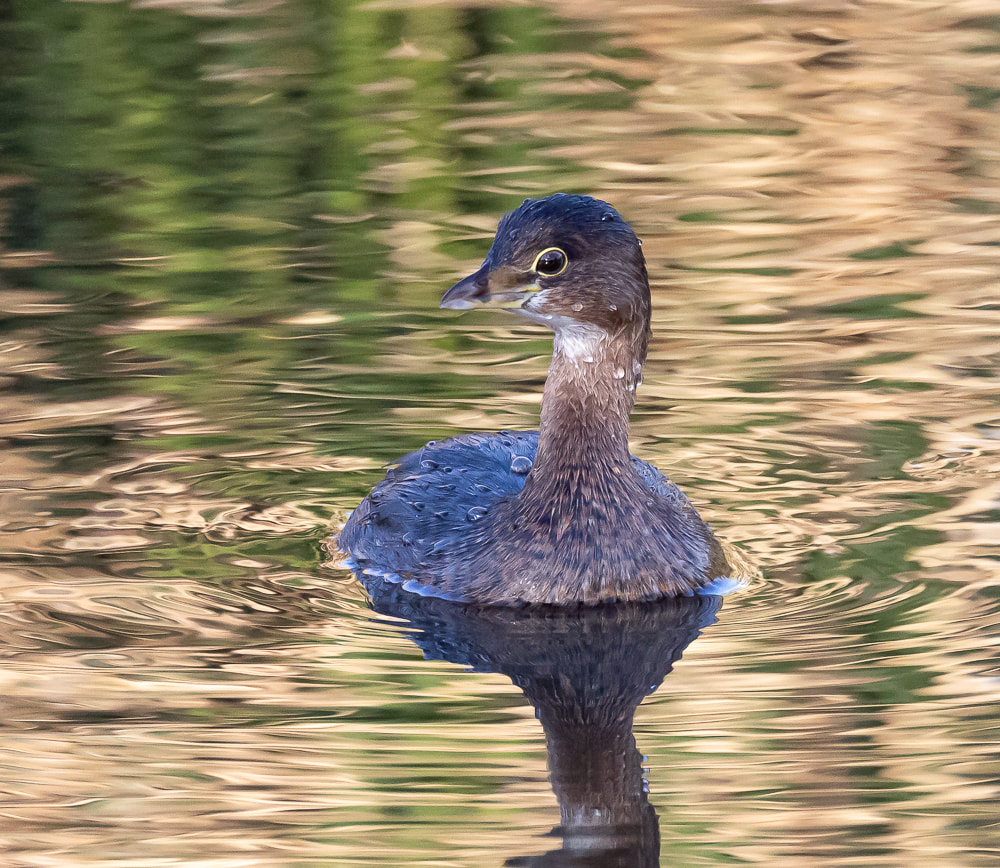


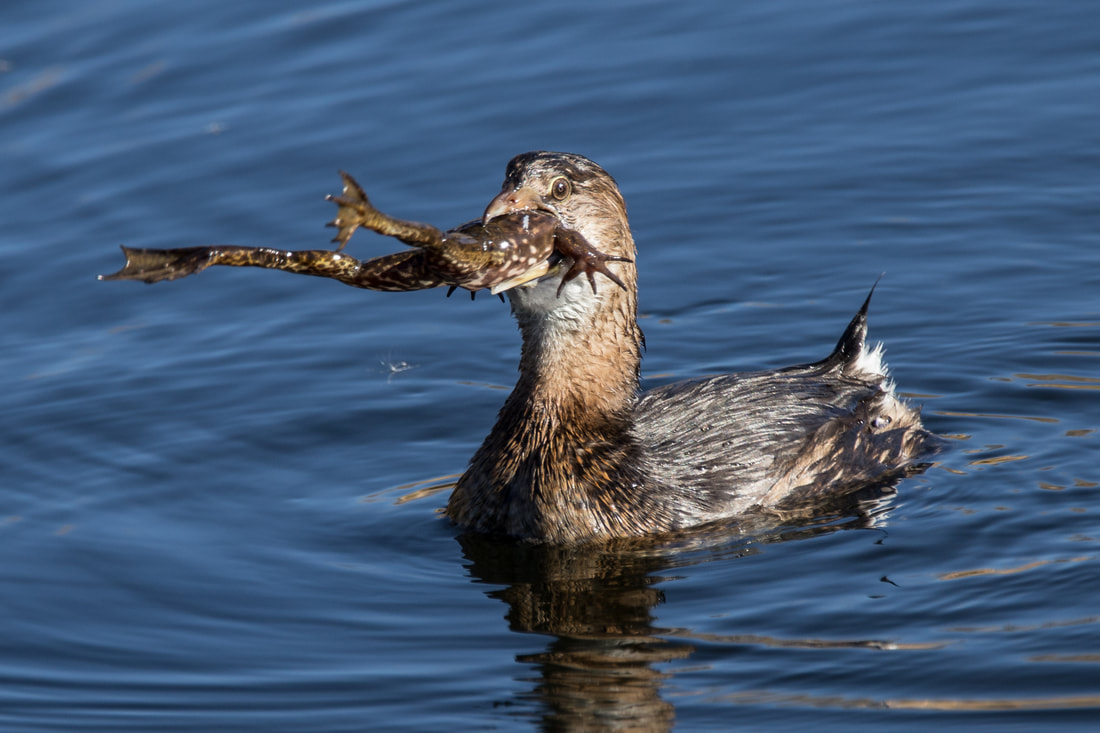



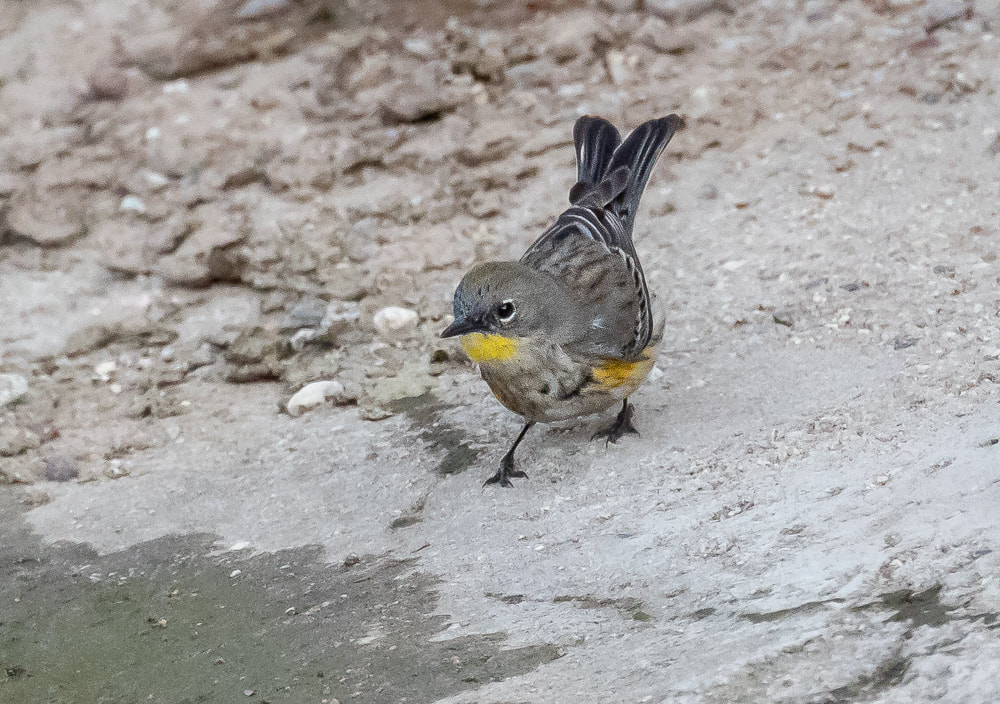









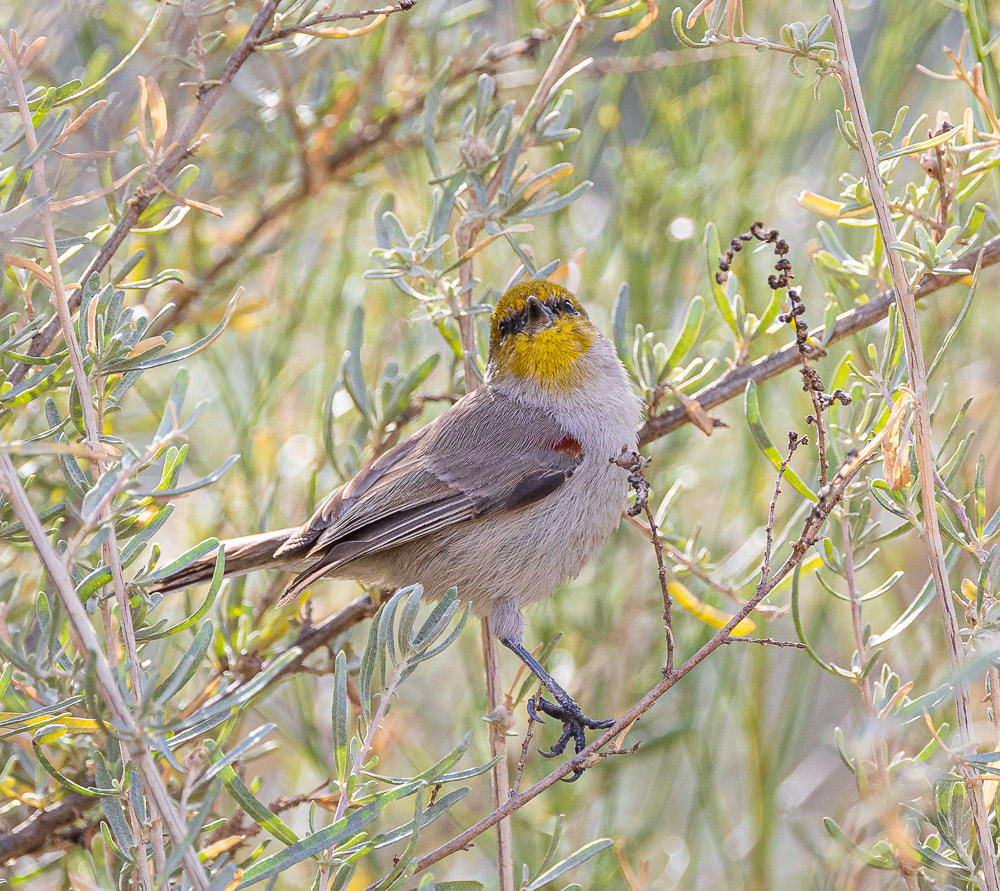
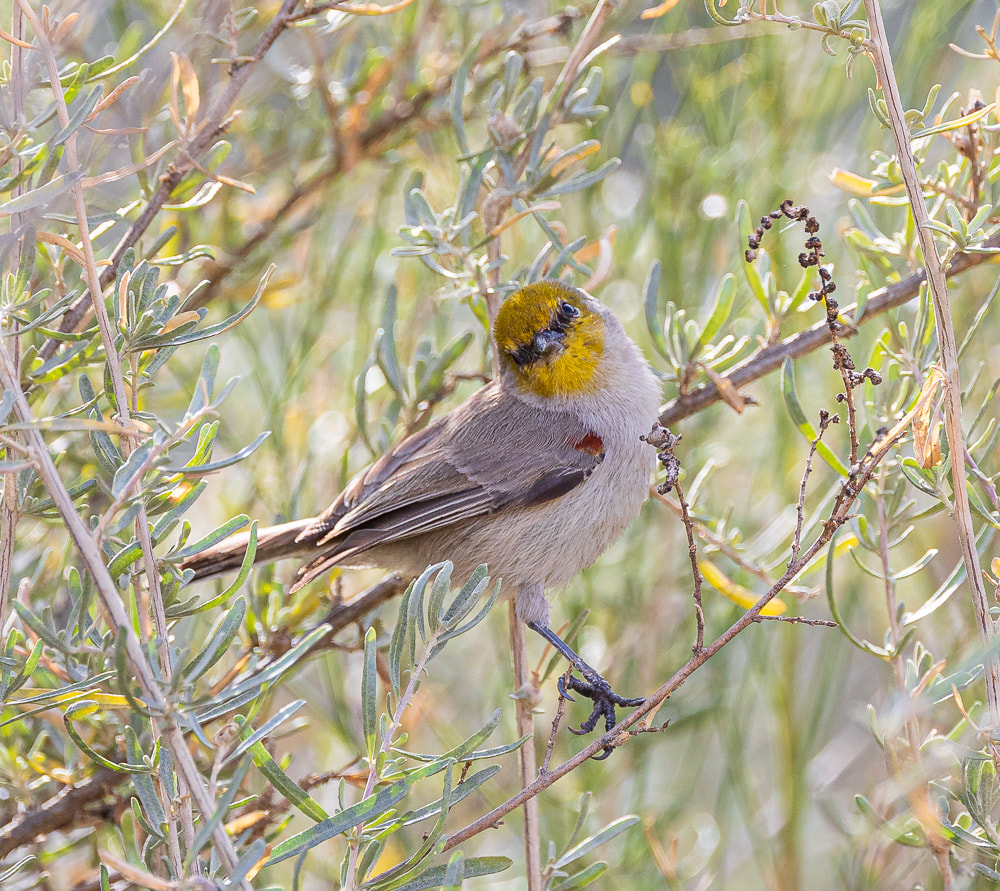

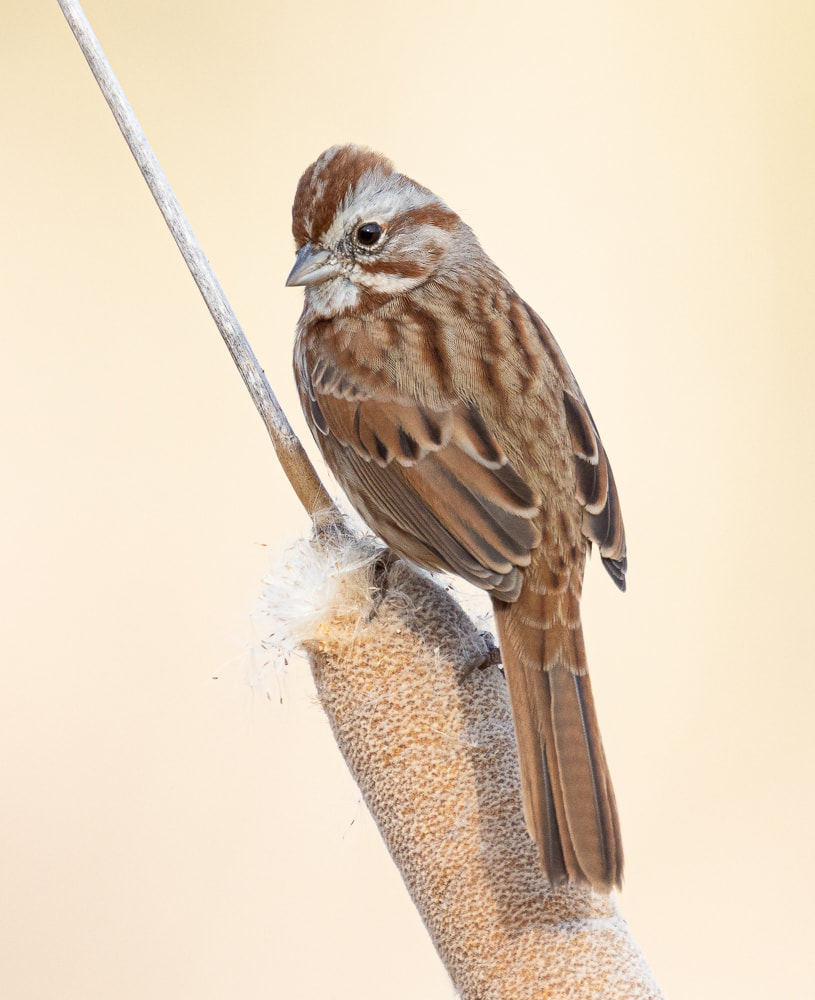


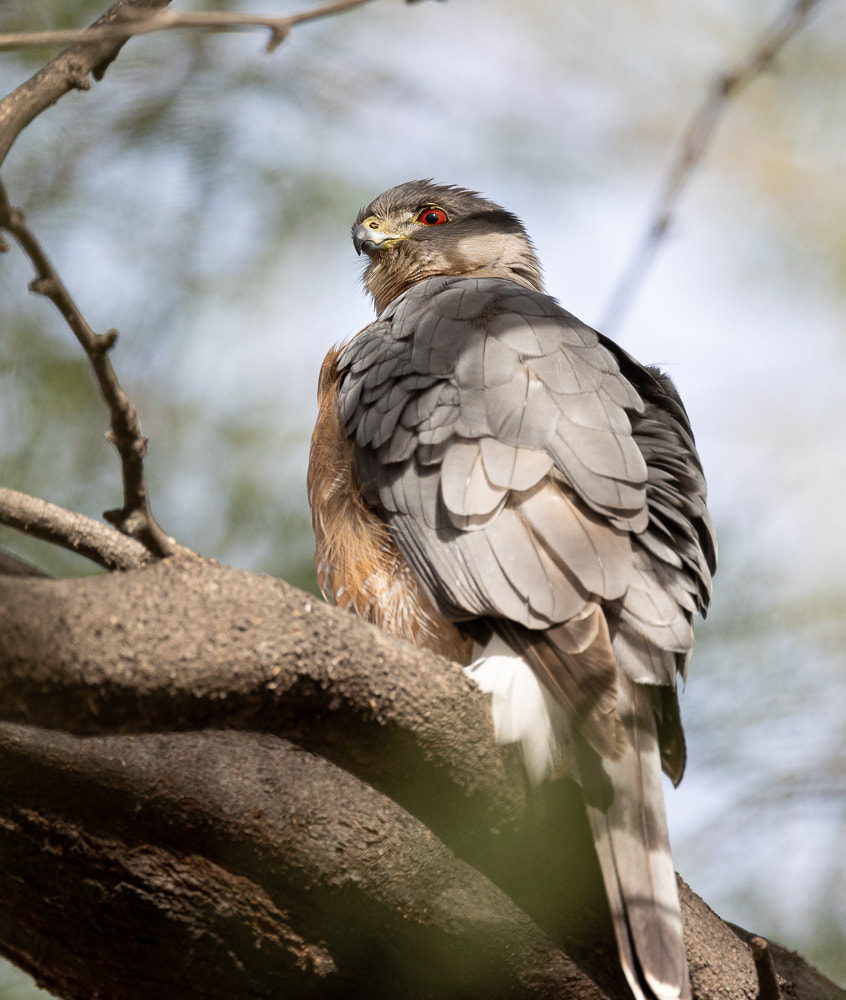
 RSS Feed
RSS Feed